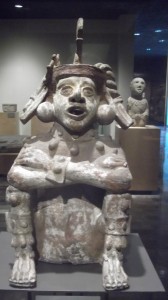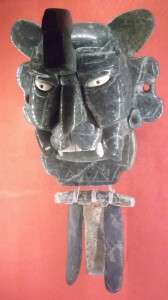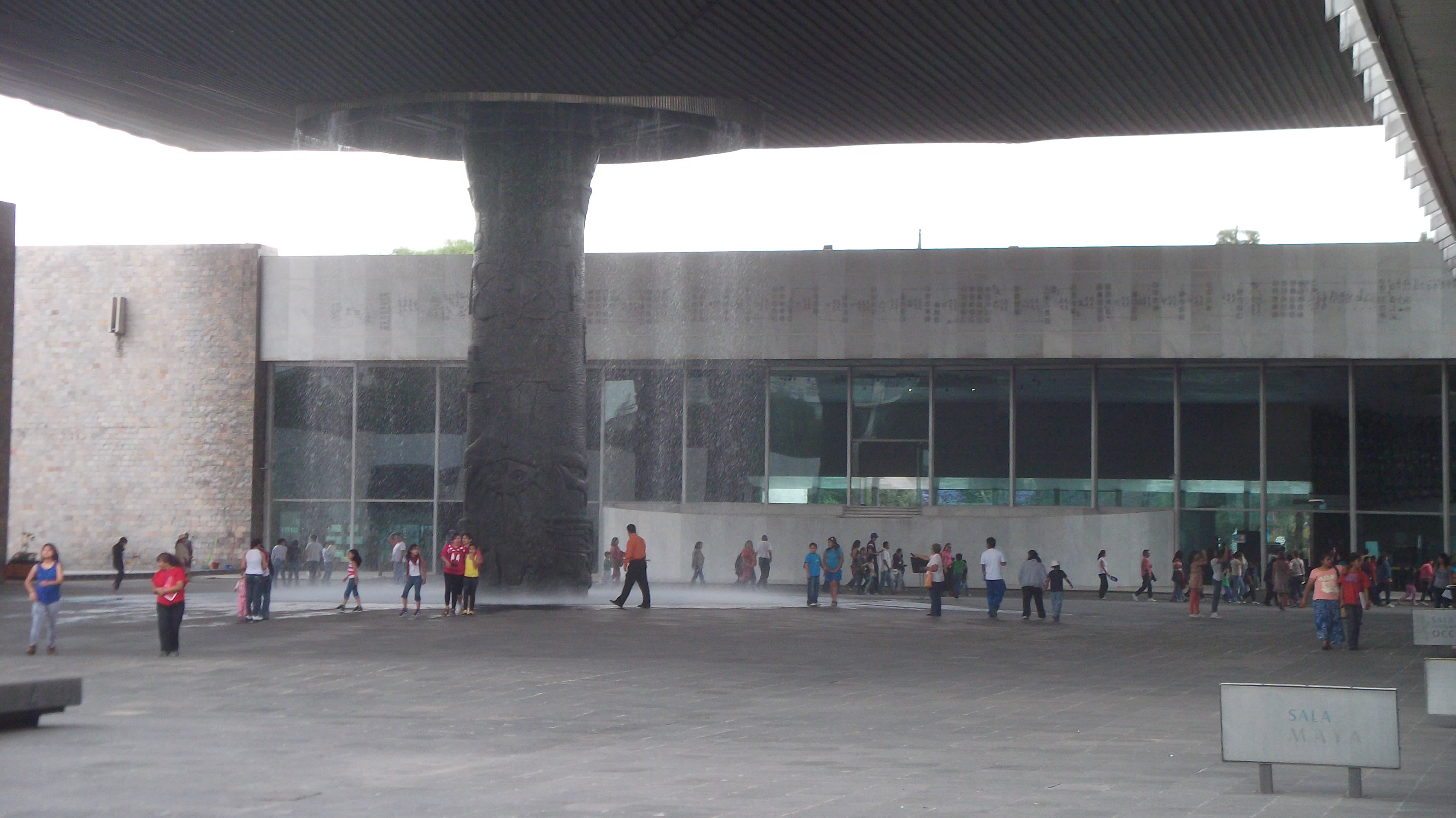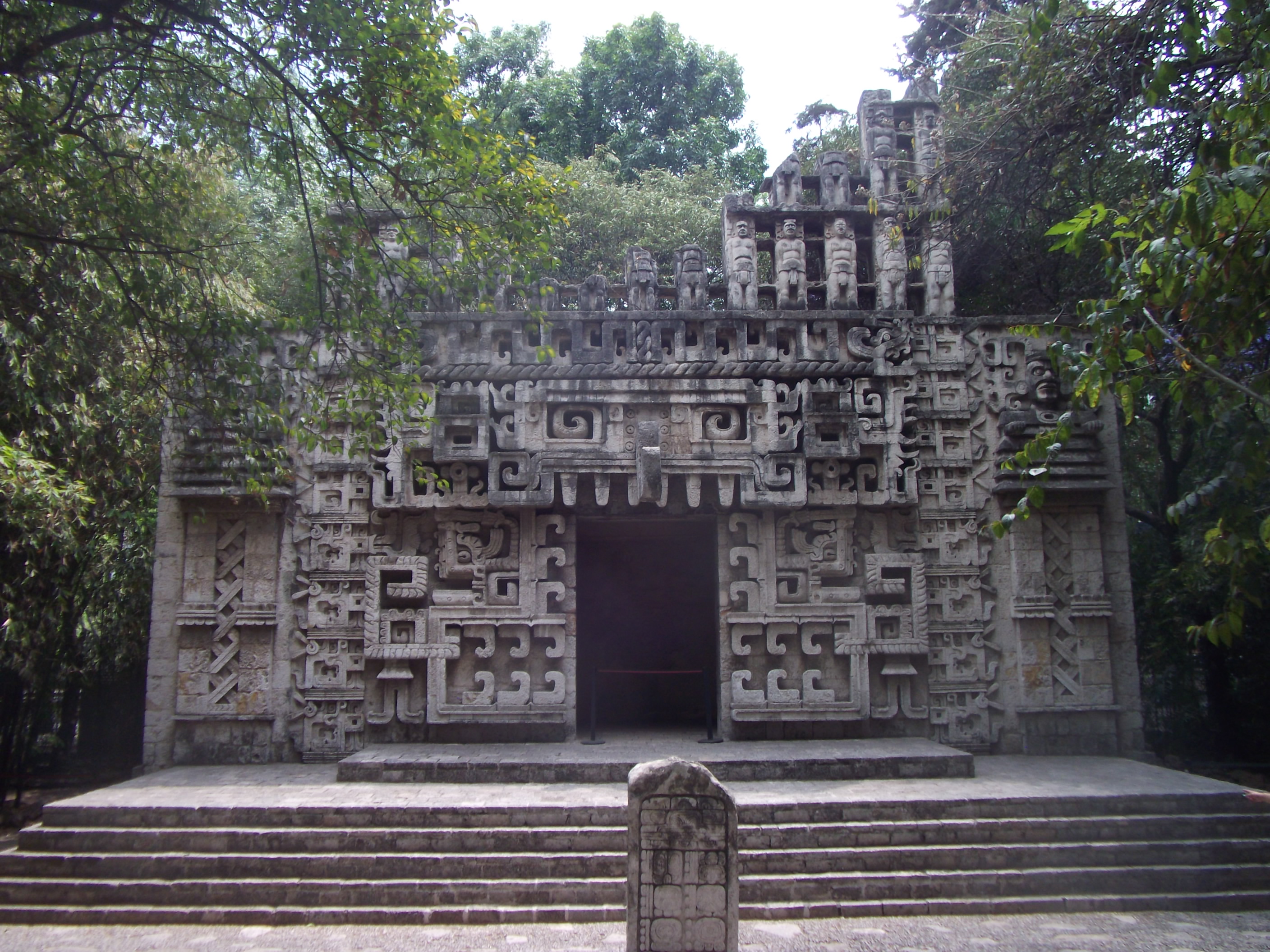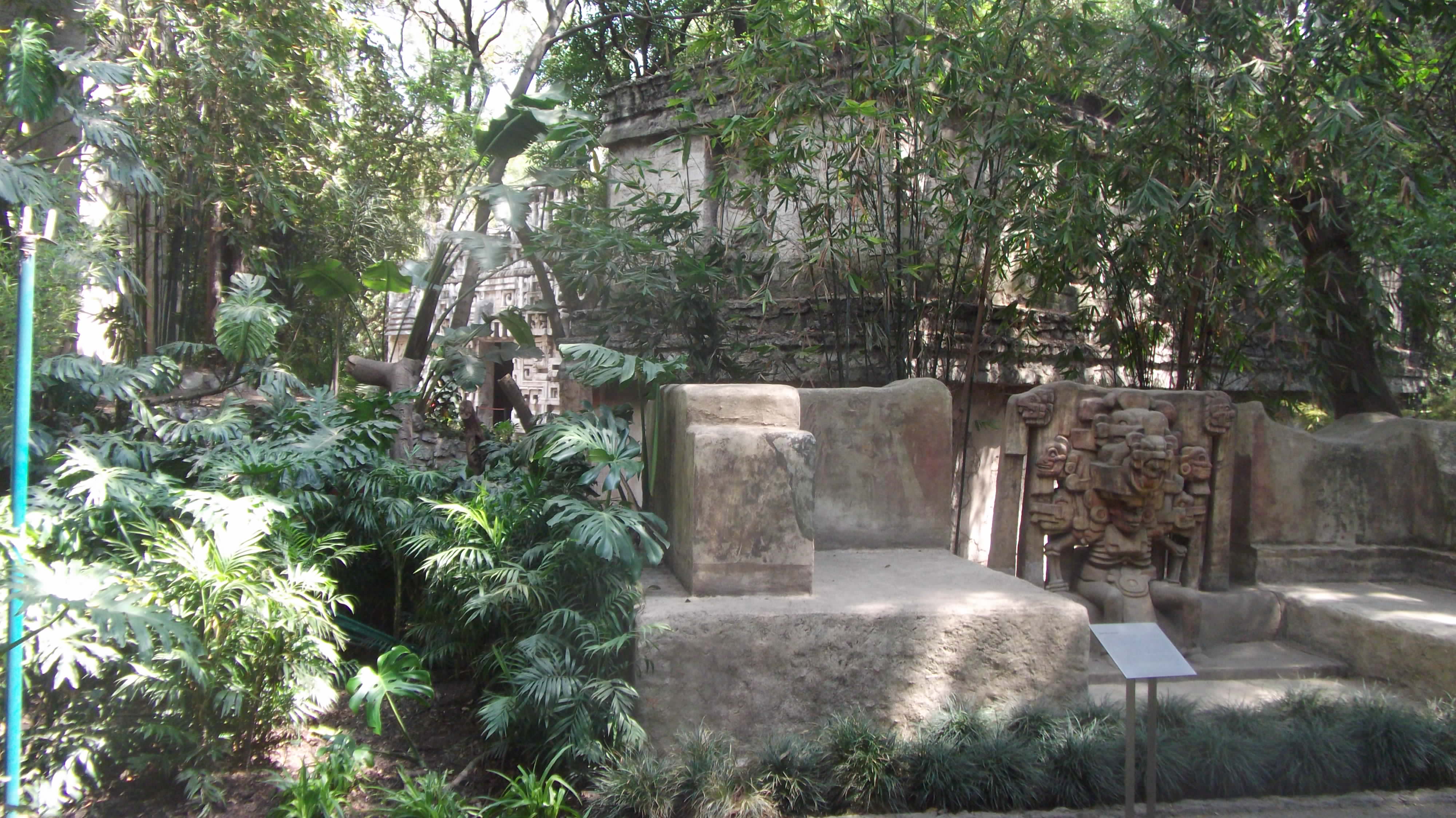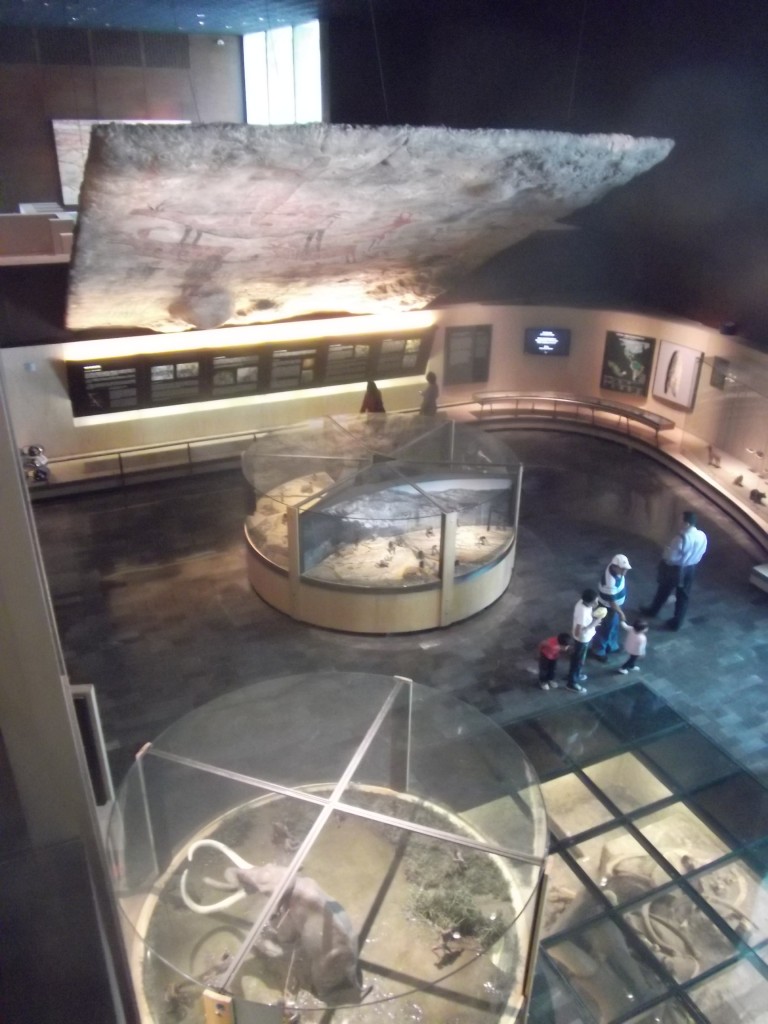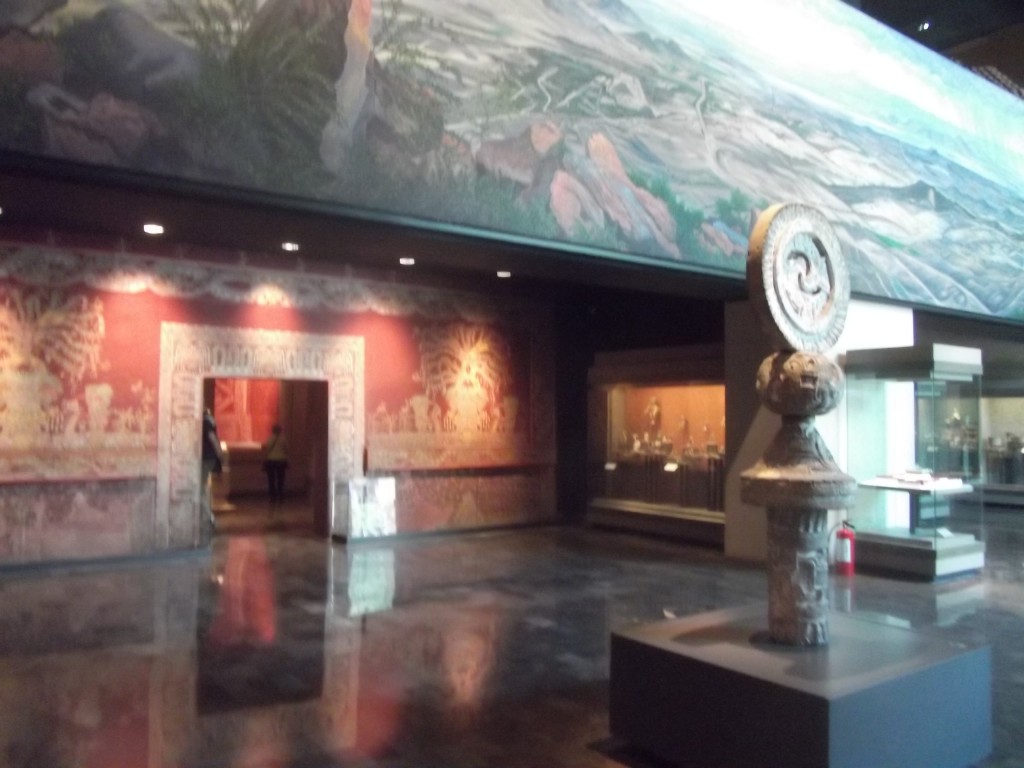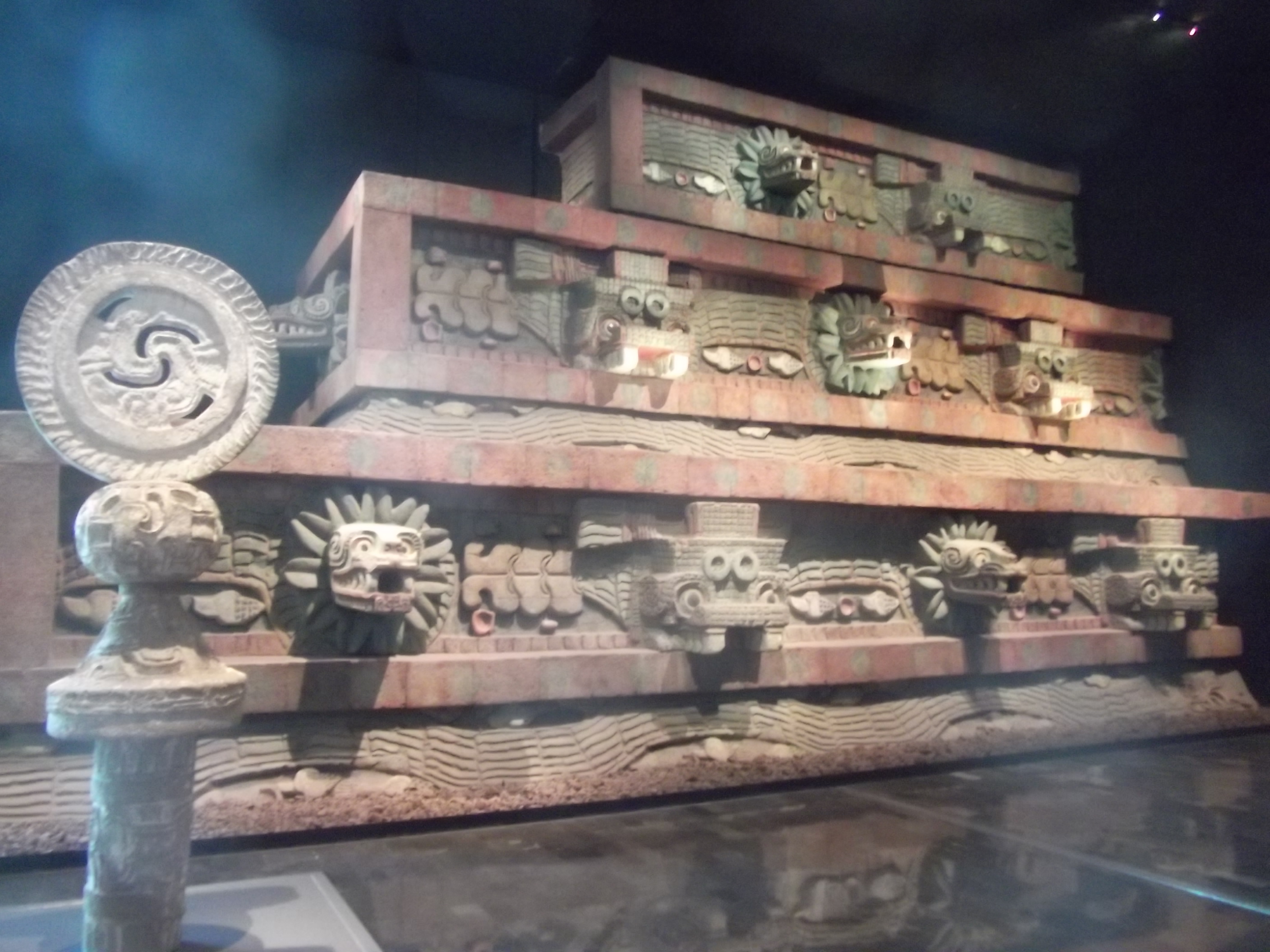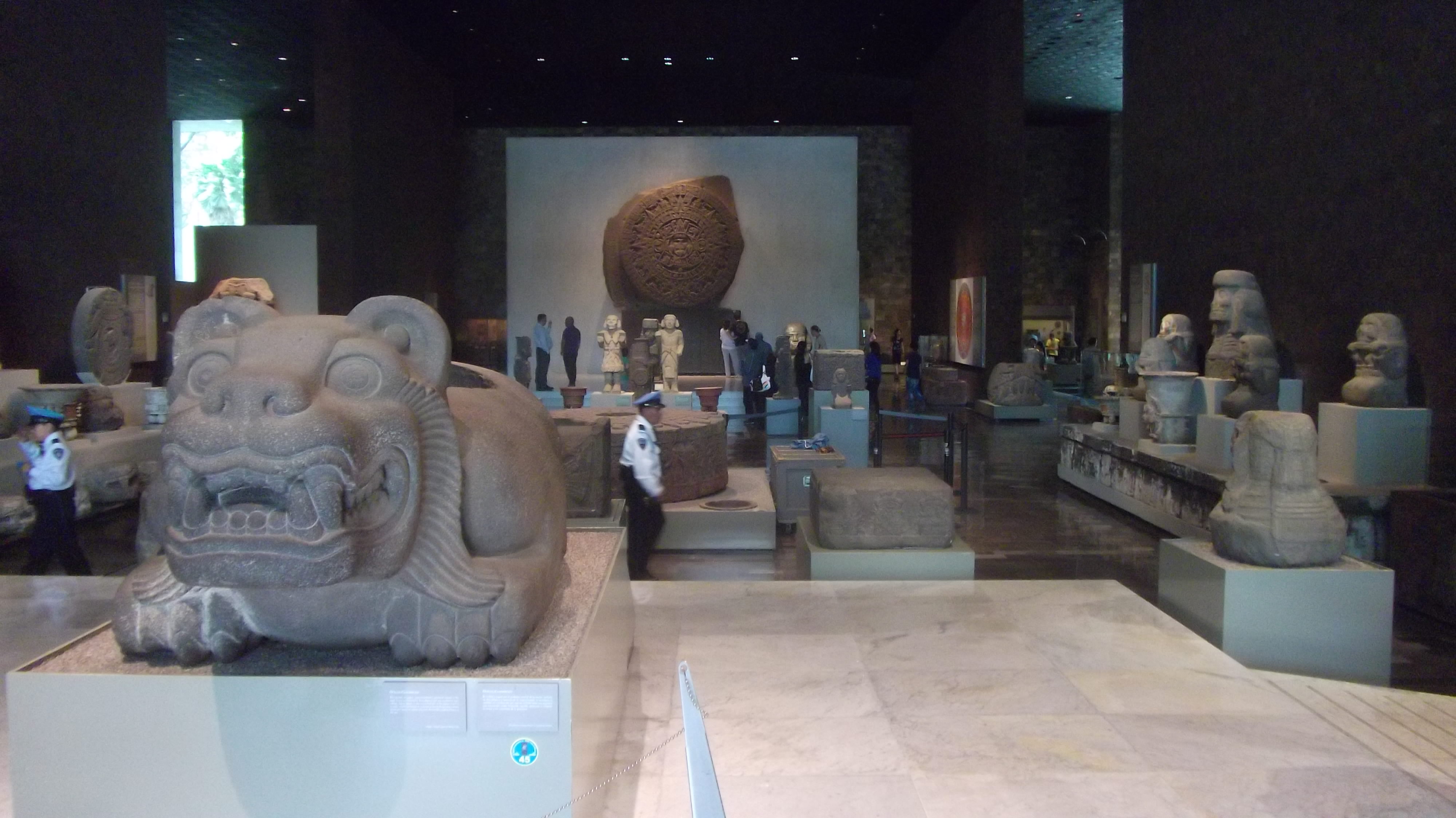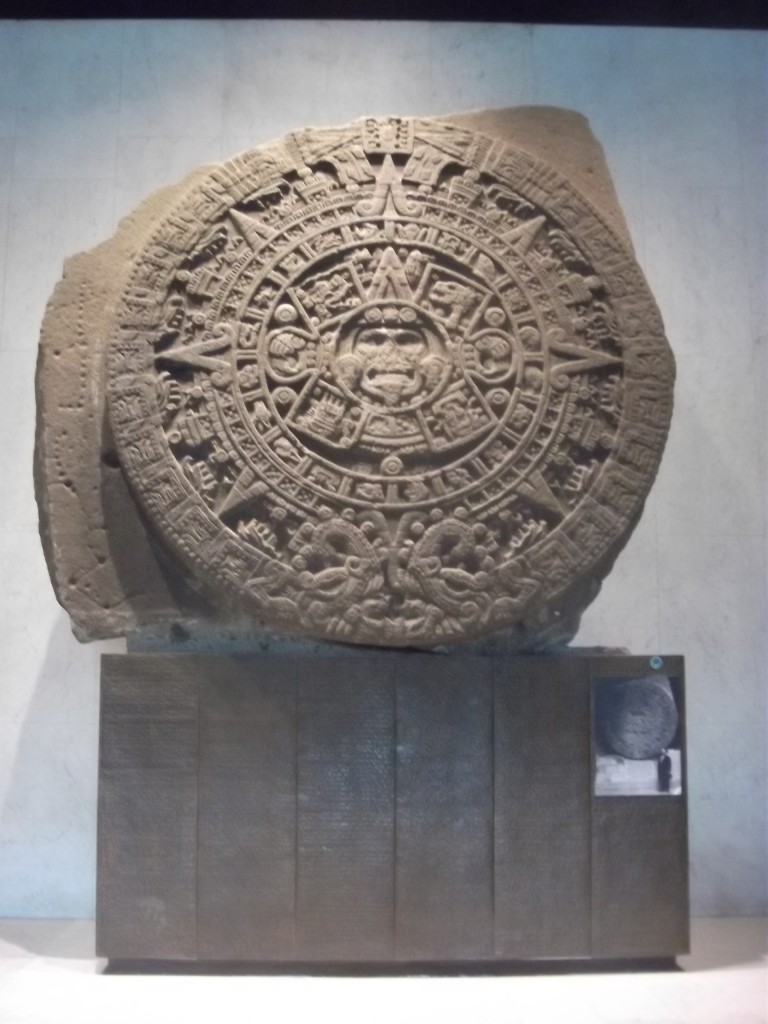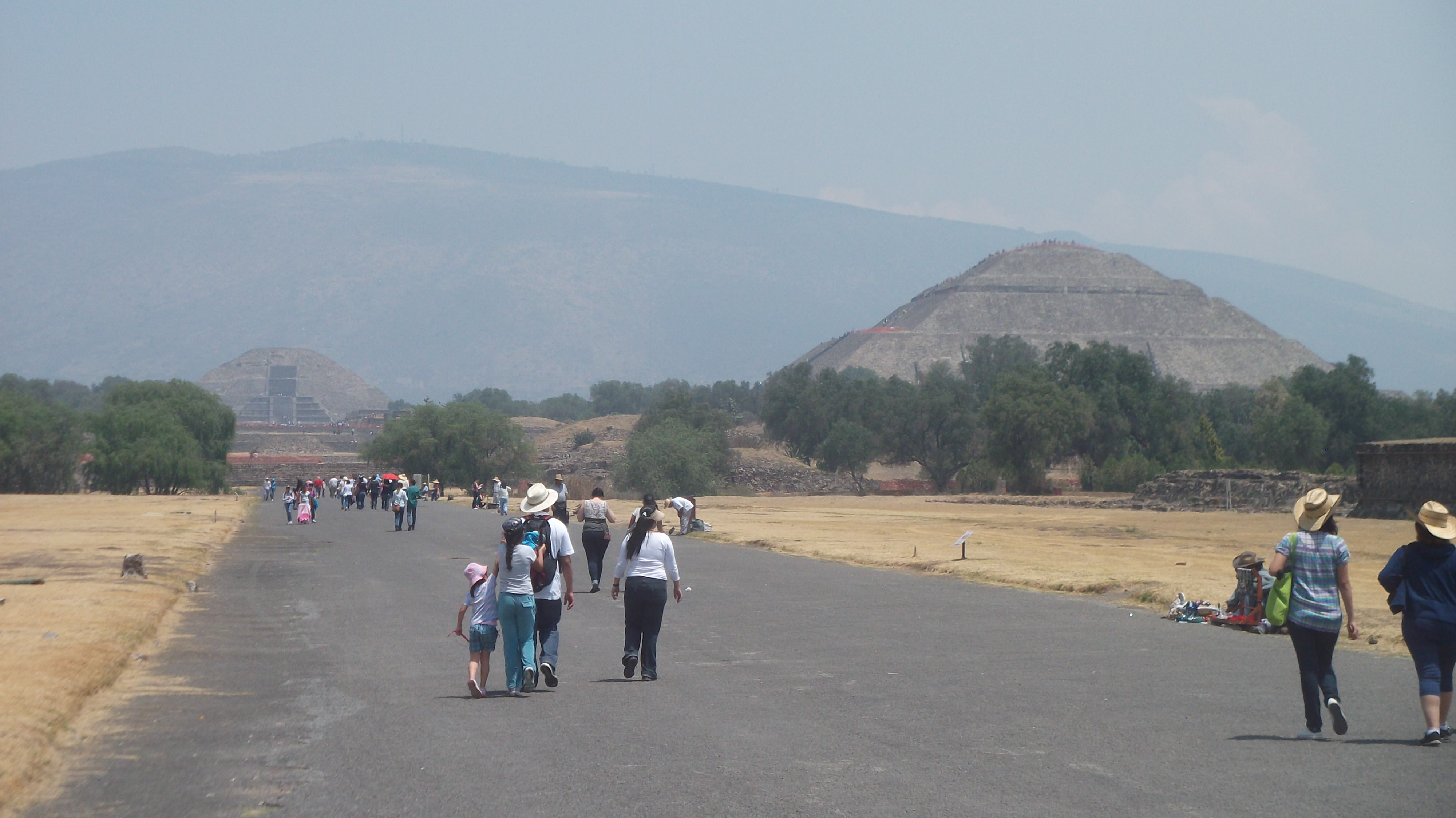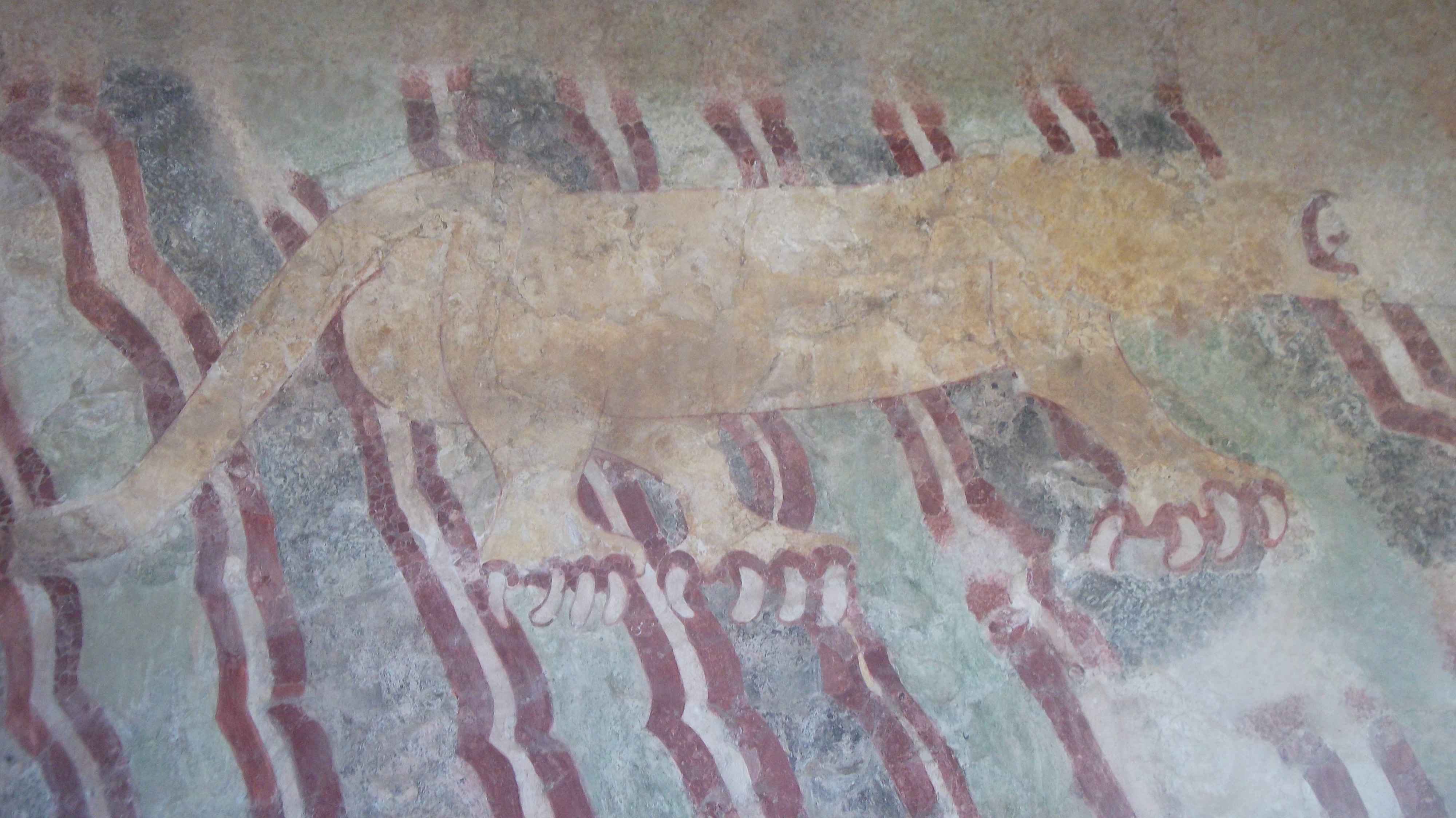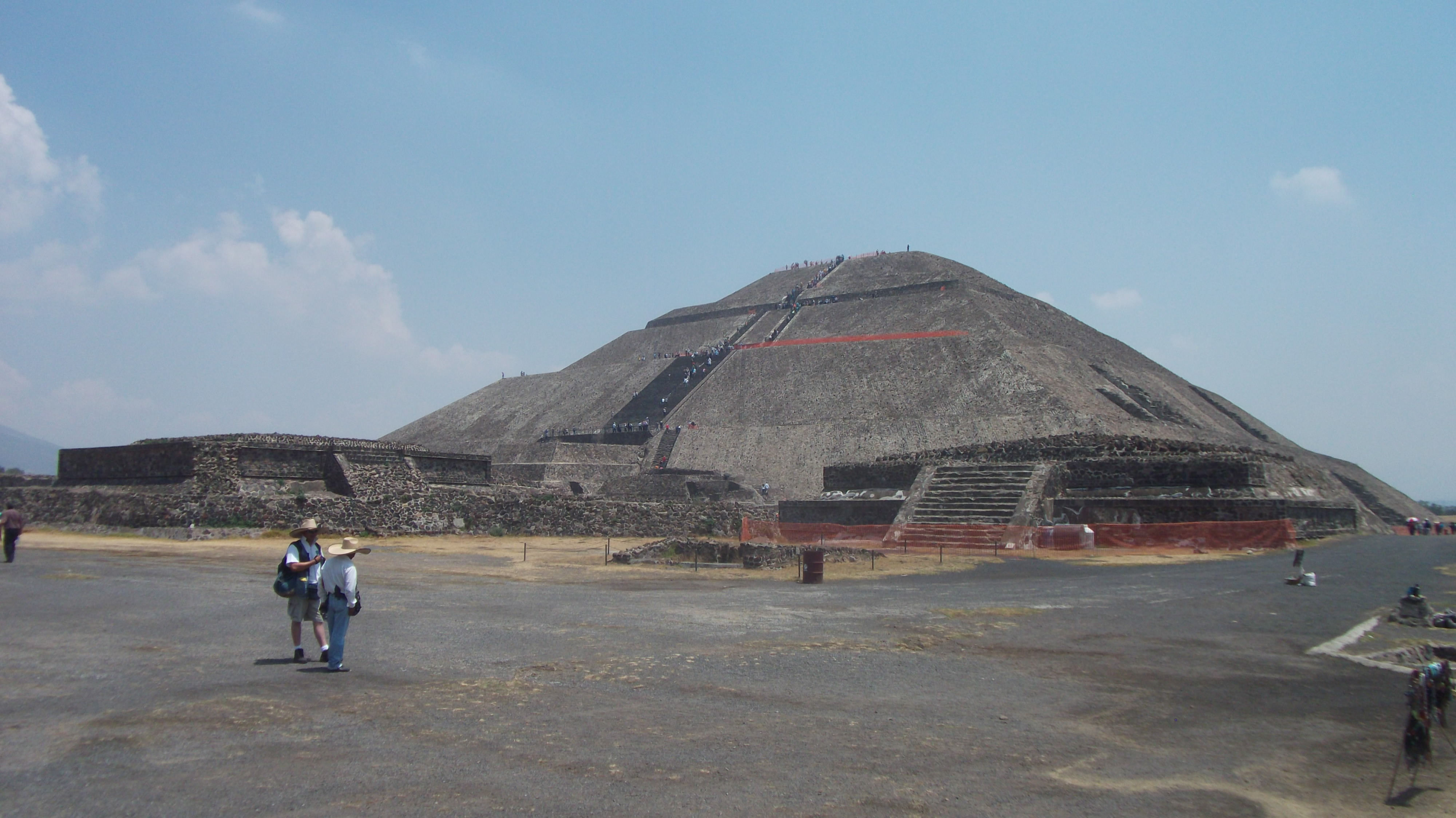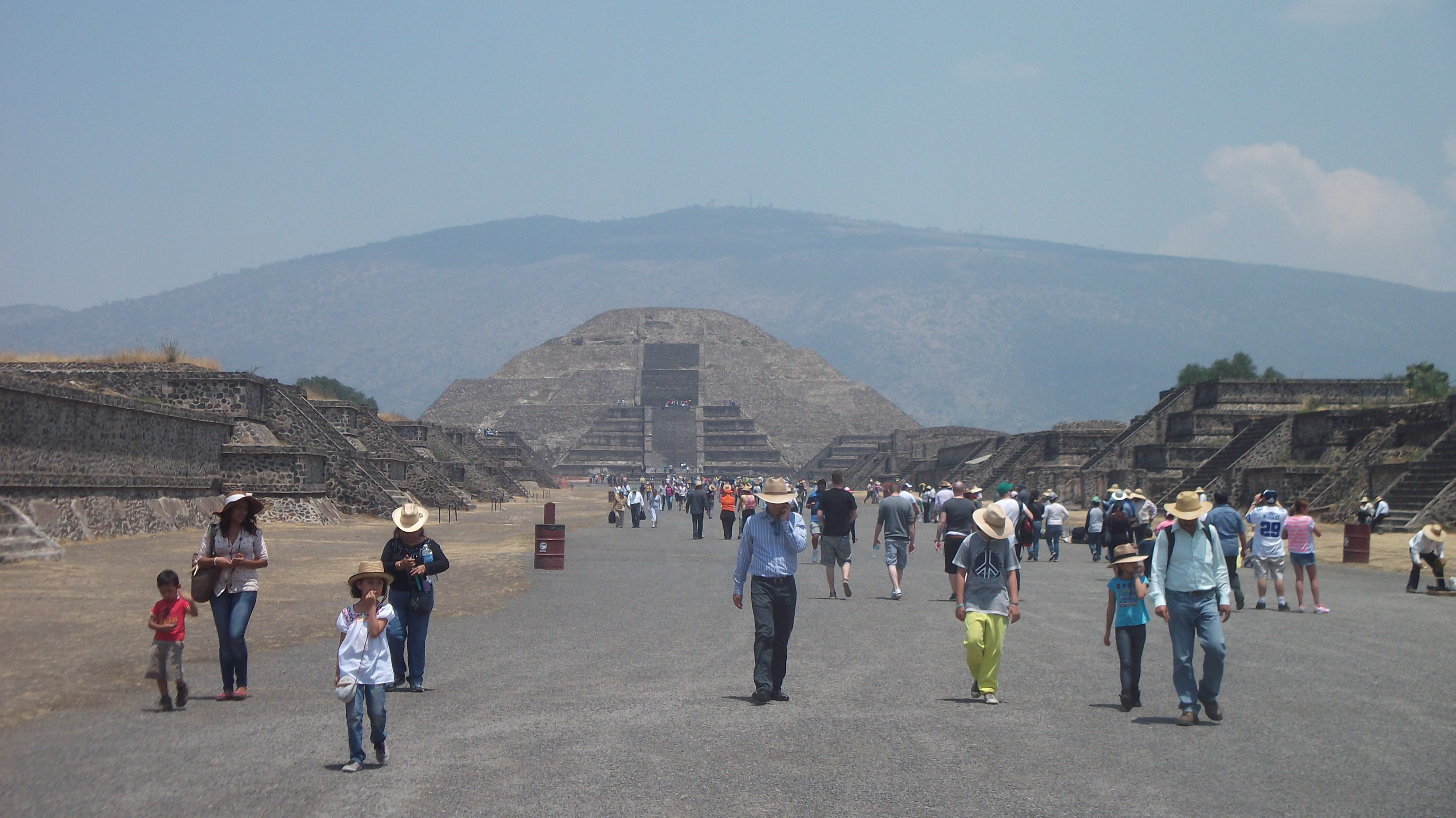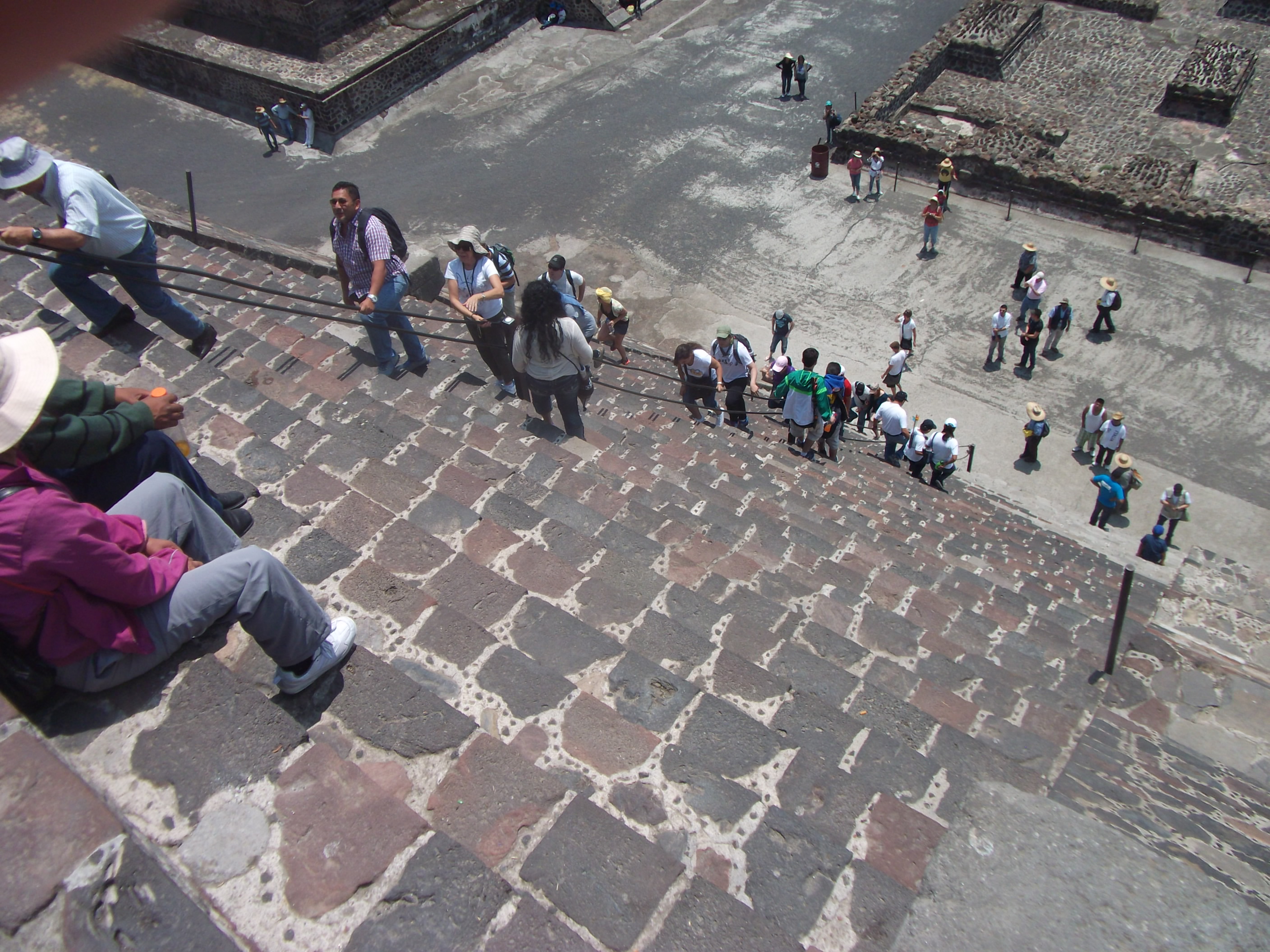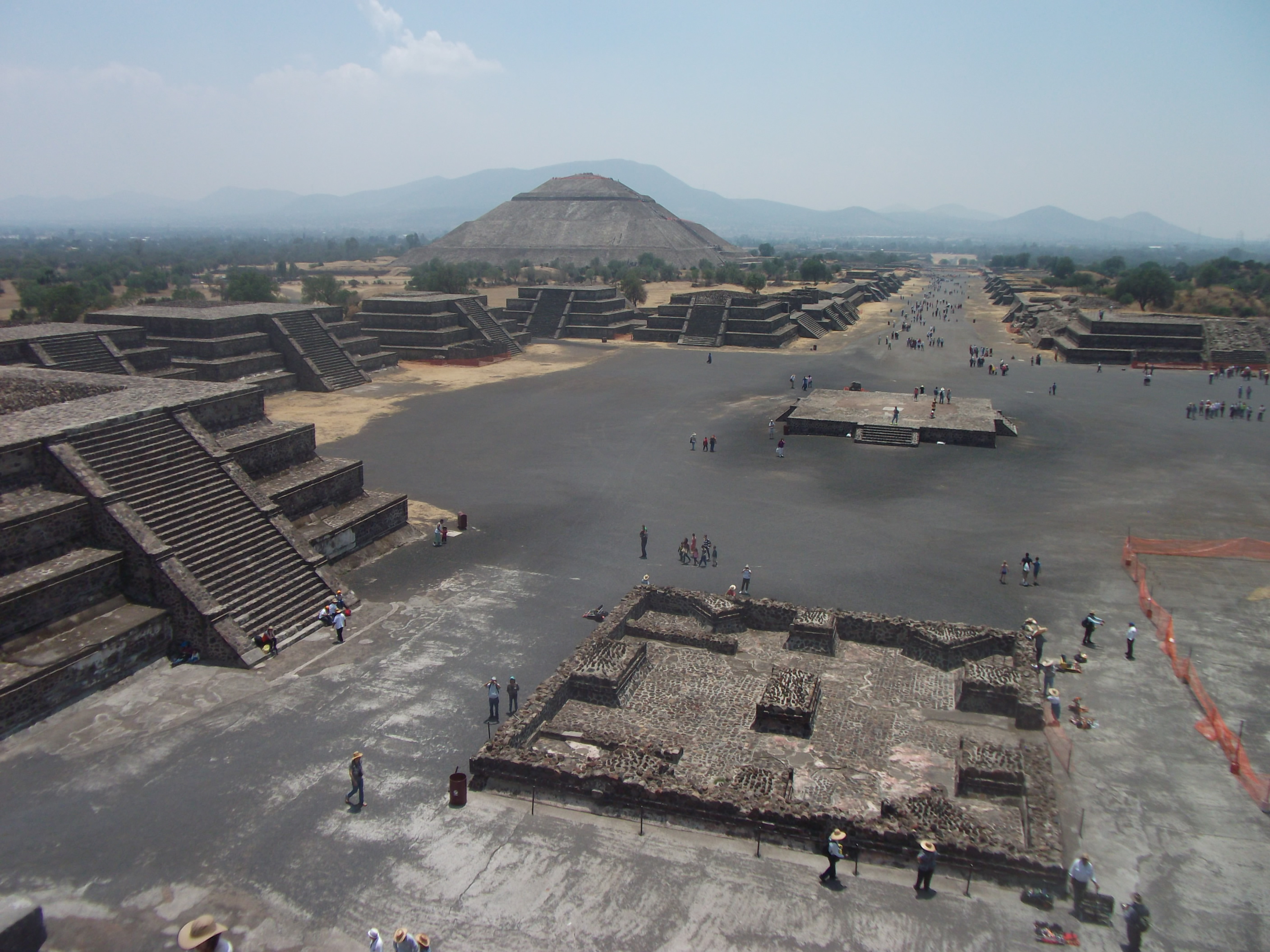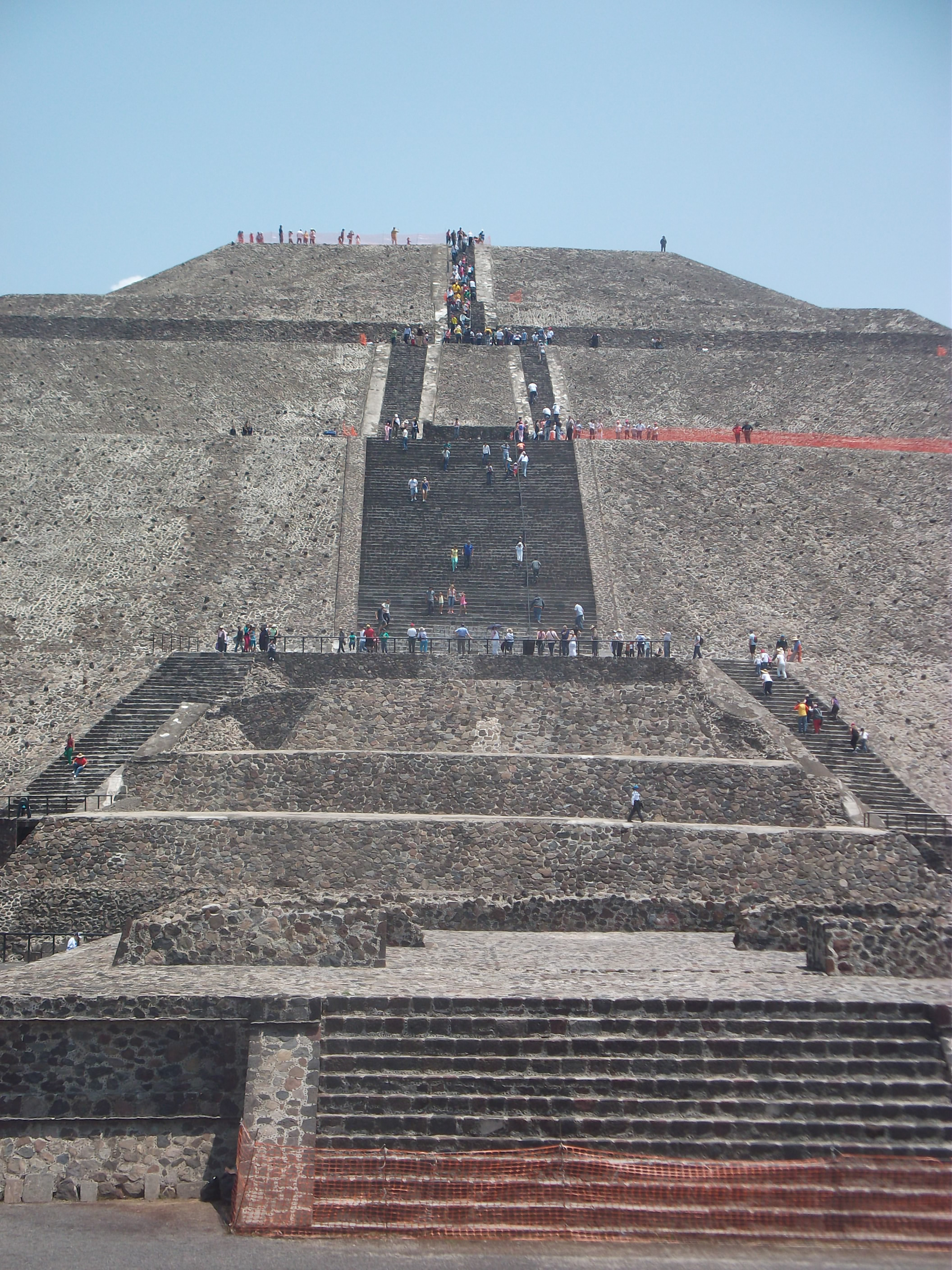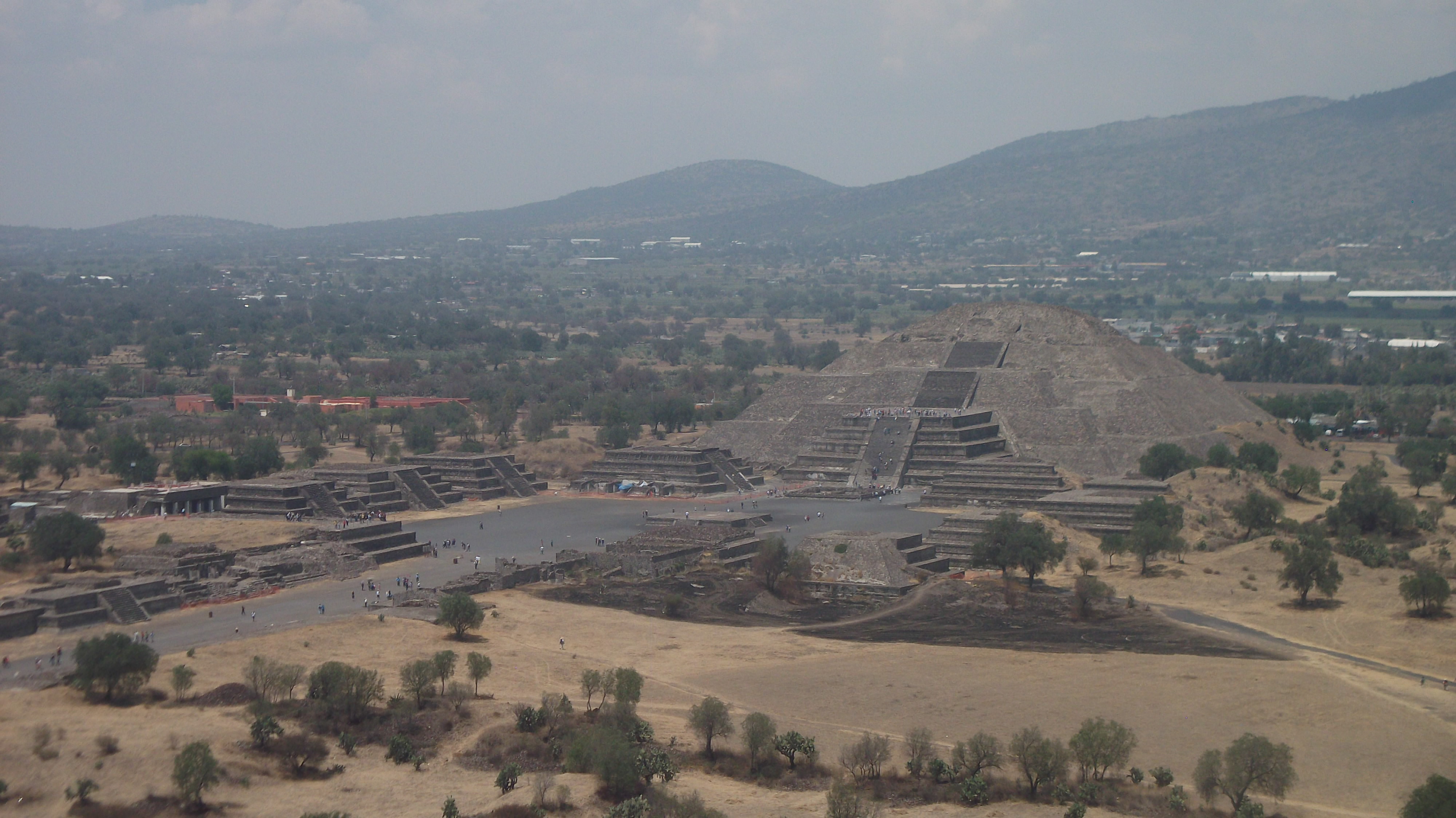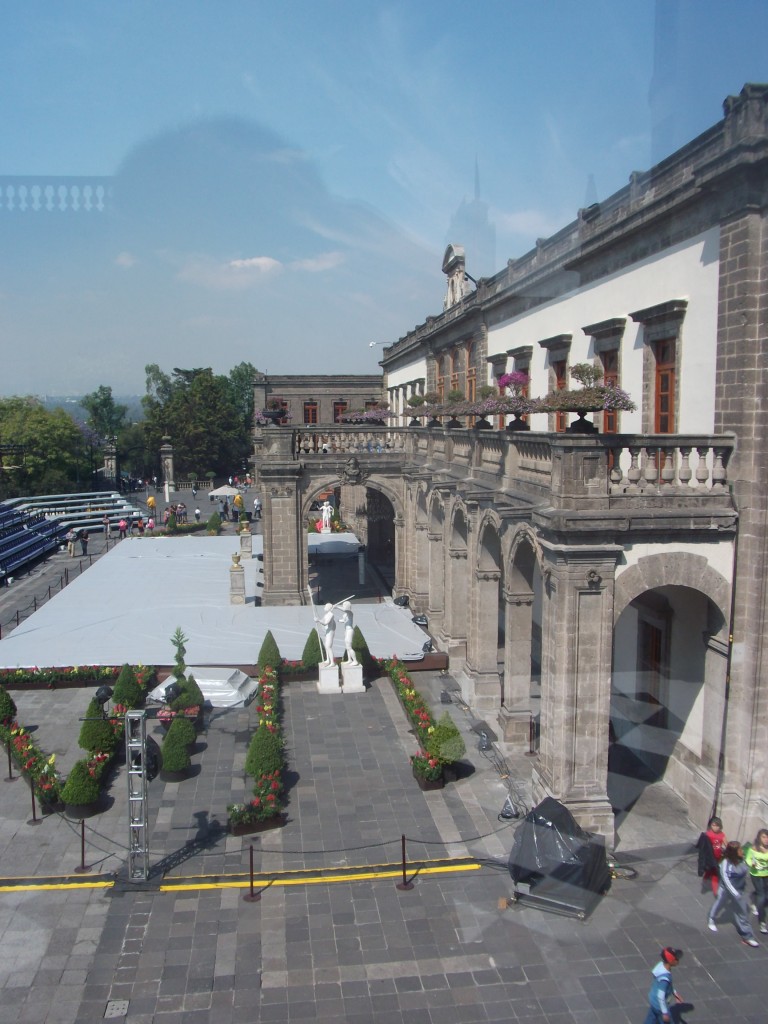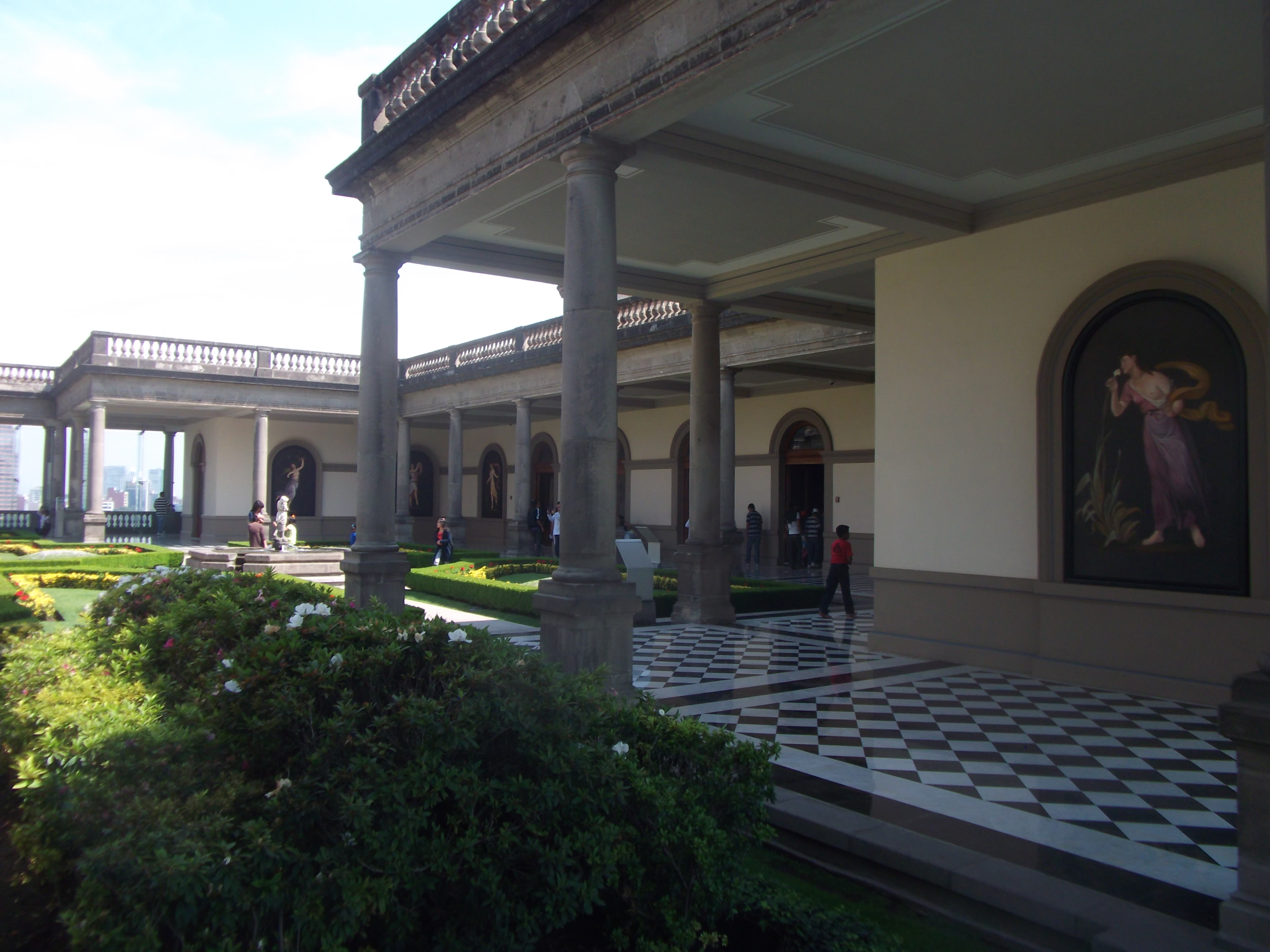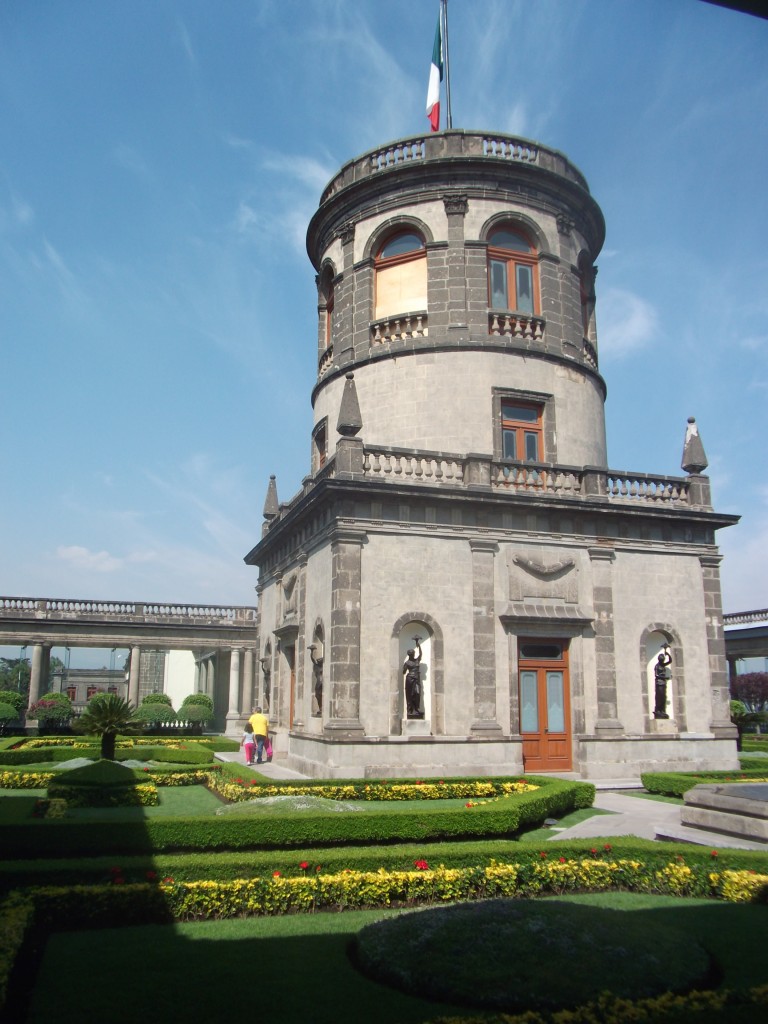As any of you who follow along with how I travel know, time is not of the essence. I’m not that busy. This trip may turn out to be another long one, so there’s no need to hurry. I learned long ago that it gets too tiring to fill every day up. It’s better to do one or two things, and conserve energy and enthusiasm. Mexico City is daunting enough, with so many places to see and things one can do, so I’ve been taking it leisurely.
Much of my second week here has been taking in Mexico’s history. I visited the wonderful Museum of Anthropology twice, as it is too much for a single visit, the Historical Museum at the castle in Bosque (woods) de Chapultapec, the pyramids in Tuatihuacan, the Palace of Fine Arts, Leon Trotsky’s house and a couple of small museums.
The anthropology museum is world class. It has pieces many have seen in coffee table books, it’s informative, well laid out and aesthetically pleasing. If people were coming to Mexico and planning to make a beeline for Oaxaca or the Yucatan, as many do, I would advise them to stay at least one full day and see this museum. It would help them to appreciate the things they see later, and the learning experience would be far from dreary.
This place takes you from pre-history to the Spanish conquest, and there are large exhibits about indigenous people who still live in some areas of the country. There’s no chance I will retain most of the information presented, and I will not bore you with stuff you likely know or could google. For example, I could have written down what these two statues are, but I didn’t, and I doubt many would really care. This three legged one on the right is interesting. My photo almost looks like a postcard, doesn’t it?
I liked this museum so much, I uploaded a bunch of pictures. The exhibits are on two floors, around a central open space. The main feature of the courtyard is a pretty fountain.
Around the outside are replicas of notable ancient buildings in a jungle-like setting. You can go in and out of the building at several points.
Here are some pictures of the inside. Some room have typical arrangements of exhibits, some are dominated by large replicas or maybe dioramas, living quarters, burial sites or whatever. Like, you get the idea of what these cave painting would look like if you were in this room and looked up.
The exhibits come from all over. Some come from the nearby Teotihuacan archaeological site. Teotihuacan was the principal city of the Teotihuacanos from about 200 BC to 600 AD. Their high point was from about 100-200 AD, and it was during this time these pyramids were built.
I’ll just post these pictures in the order they were taken. When you walk through the entrance and make a left turn, this is what you first see. The Pyramid of the Sun, here, is one of two. To get perspective, I think I read that both pyramids are 60-something meters high.
When you first come in, right in front of you is the base of the main Temple of Quetzalcoatl, but it’s nothing to look at if you aren’t in the field. The total area of the excavation is quite large, but most of it is foundations, half high rooms and sort of organized rubble. Here is some of that.
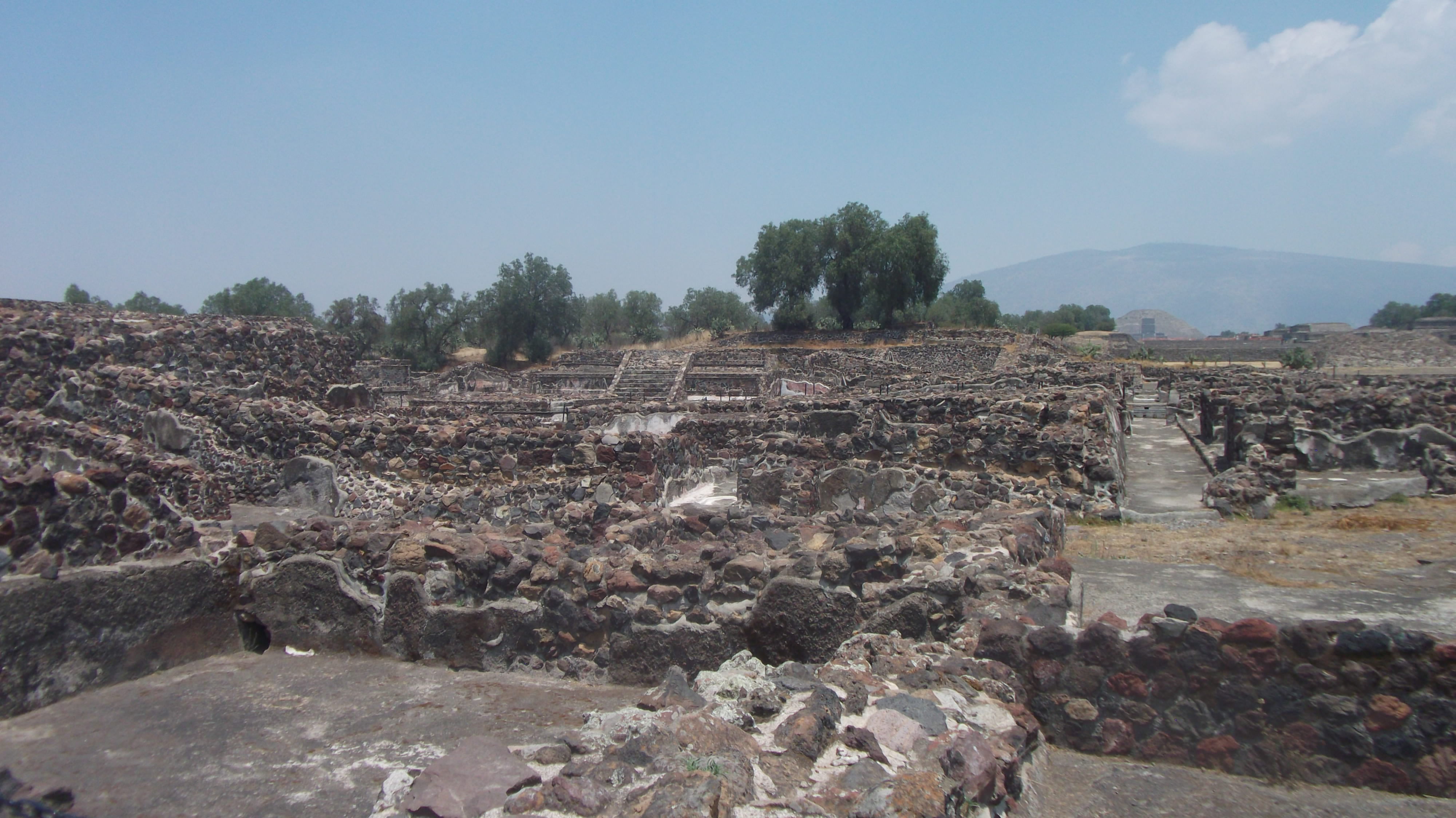
As is often the impression, you might wonder how they ever found anything worth mentioning, especially when you consider that in the 19th century, when archaeologists started to do expert digging, the pyramids and everything else was covered with soil. One photo at the information center showed what one of the pyramids looked like a hundred years ago. It was basically a tree covered hill. Many Mesoamerican temples are buried in deep jungle to this day, and accessible only to the hardy trekker. But, there were burial sites, tunnels and other underground places where treasures were found. Even at ground level, some things were found. Over to the right from where that last picture of low ruins was taken is this wall painting of a puma. As always, tender, loving care was needed to restore this 1800 year old painting.
As you walk along the Street of the Dead, the Pyramid of the Sun looms larger…
… and straight ahead is the Pyramid of the Moon. This is a hot walk on a hot day, but it was a lovely 25 degrees C. on the day I went. I like how the mountain behind frames the pyramid.
Which reminds me, I’m going through a lot of sunscreen. The climate here is nice all year, though there is a rainy season during the summer. Unlike Chongqing, where smog prevented seeing blue sky 350 days a year and there are only about three months of weather that isn’t hot or cold, you feel like enjoying the outdoors here. Mexico City has bad air, but not toxic 350 days a year like Chongqing
You can climb these stairs about a third of the way up the Pyramid of the Moon. It’s easy, as there is a proper stairway and a PVC covered aircraft cable handrail.
Here’s the view back to where you came from.
Then I went up the Pyramid of the Sun, which you can climb all the way to the top…
… from where you can look back the Pyramid of the moon.
That whole excursion soaks up about 5-6 hours, counting the hour bus ride each way from Mexico City. You could hang out if you wanted to make a whole day of it, have lunch in one of the shady patches or in a dining room people used a very long time ago, or shop for a souvenir sombrero or puma call. Plenty of hawkers there. Everywhere you go, the guys are selling, or trying to sell as business seemed bad, puma head carvings that if you blow through them make a fairly impressive growl. I heard lots of lions, and it works pretty well.
Continuing here on the History Channel, let’s skip a couple of days of my doing other things and visit the castle. It houses the Historical Museum, which presents the history of Mexico from the conquest to the 1910 revolution. I don’t want to go into that, only to say it was interesting to see European royalty mimicked here. A Hapsburg, Maximillian, even ruled here for a few years before he was overthrown in a revolt and put in front of a firing squad. The museum is informative enough, but the finery of the rulers of the day, including Porfirio Diaz, really demonstrates the opulence of the Western elites.
I didn’t take any pictures of the stuff they had. You’ve seen it all before, anyway. I did upload pictures of the castle and the view from the hill in Bosque de Chapultapec where it is located. Here’s the front of the place.
Around that level where that picture was taken are the bedrooms, studies, dining rooms, conference rooms and all that. Then, on the top, it looks like this.
Okay, that’s it for me for now. I did some other stuff, but this post has been all about national history, and it seems like like a good unit of blogging. There’s one more notable archaeological site right next to the cathedral, called Templo Mayor. I showed you a picture of it from outside in my last post. I’ll go there, but I don’t think it’s very photo worthy. We’ll see. Tomorrow I’m going to Xochimilco. It has many canals, like all of Mexico City, and may be photo worthy, although I heard it’s way touristy. We’ll see about that, too. Wednesday is Frida Kahlo’s blue house, which is now a museum, too.
So, be well, all of you.

